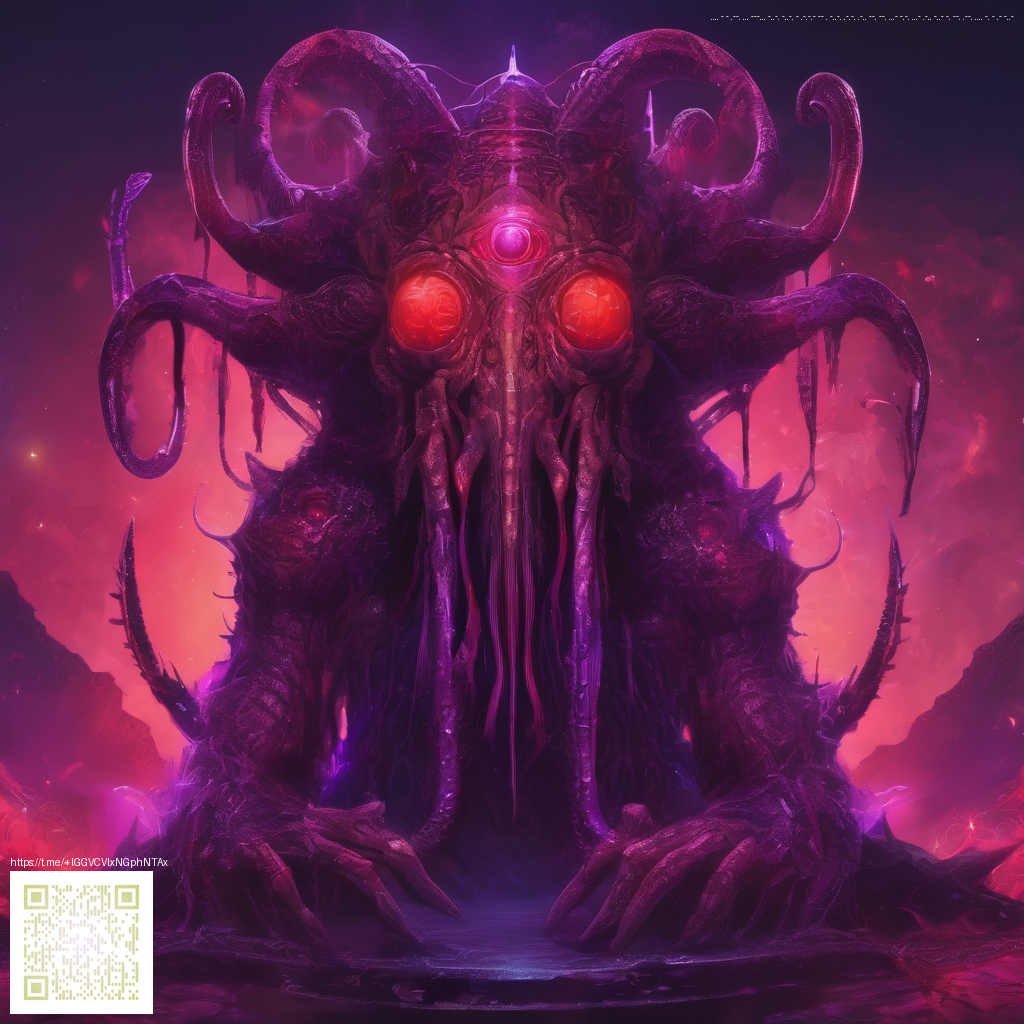
Subtle Textures: A Quiet Power Behind Easy-to-Read Typography
Texture is not merely decoration. In typography, subtle textures act as a soft ally that helps readers process words more comfortably. A whisper of grain, a light linen weave, or a barely-there noise pattern creates micro-contrast that prevents type from feeling flat against its backdrop. This is especially valuable when working with longer passages or densely packed UI screens, where the eye needs a gentle cue to move from one line to the next without distraction. The goal is readability, not texture supremacy—texture should support, not compete with, the letters themselves.
Why texture matters for readability
When a page or app uses pure, stark color blocks, the eye can fatigue quickly. Subtle textures introduce depth and nuance, which helps the brain distinguish lines, words, and punctuation more efficiently. The effect is subtle: you often won’t notice it consciously, but your eyes will thank you as you scan a block of text, especially at smaller font sizes or in low-contrast environments. Texture also aids in consistent legibility across devices, because it adds a uniform sense of tactility that reduces the glare that flat surfaces can produce.
- Depth without distraction: textures add dimensional cues that guide attention to typographic hierarchy.
- Micro-contrast for rhythm: gentle patterns create a rhythm that helps the eye move naturally across lines.
- Consistent legibility: textured backgrounds can stabilize perception on varying displays and lighting conditions.
- Brand-friendly fabrics: linen, paper, or brushed-metal motifs can mirror a brand’s persona while keeping text legible.
- Adaptive use across media: textures scale well from mobile screens to large-format print when kept at low opacity.
Texture should be a quiet coauthor: it supports the story without stealing the scene.
Texture types to consider for your next design
Consider these textures as a toolbox for improving typographic readability across contexts:
- Paper grain or linen weave textures—great for editorial layouts and product pages, providing tactile warmth without sacrificing contrast.
- Micro-patterned noise overlays at very low opacity to reduce flatness on white backgrounds.
- Soft diagonal hatch or grid patterns behind headings to create a subtle anchor for the reader’s eye.
- Gentle gradient or matte finishes that avoid harsh reflections on bright devices while preserving legibility.
- Neutral texture overlays that preserve contrast for body text and enhance emphasis in headlines.
As you experiment, keep accessibility in mind. A texture should never lower the contrast ratio below the recommended 4.5:1 for body text. Start with a texture at a very low opacity (often 5–15%) and test on multiple devices and lighting conditions. When in doubt, prioritize clarity and ensure that your typography remains the clear star of the page.
For designers who work with e-commerce storytelling, texture choice can also reflect product personality. If a page leans glossy and modern, you might pair typography with a subtle mint or steel texture to echo sleek surfaces. If the brand leans artisanal, a softer paper texture can reinforce authenticity. This balance helps the viewer read product specs, features, and benefits without cognitive overload. For instance, in retail or packaging contexts, textures can subtly guide attention to key details like measurements or materials while keeping the overall reading experience smooth. You can explore product-focused design ideas and see how texture can live in harmony with typography on the broader site here: https://digital-x-vault.zero-static.xyz/38ae289d.html.
When applying textures to real-world design, consider how light interacts with the layout. In photography and product pages, textures can mirror realistic surfaces—like brushed metal on a gadget or cotton on a brochure—while ensuring that the text remains crisp. A practical approach is to place textures behind blocks of text with a controlled opacity and to keep the text color near a high-contrast baseline. If you’re showcasing a physical product such as the Slim Glossy Phone Case for iPhone 16 Lexan PC, textures in the photography and page layout can harmonize with the product’s glossy finish, reinforcing readability in the surrounding copy and bullet points.
For those curious about how to experiment, try layering a very light texture behind headings, and reserve text blocks for minimal textures to avoid visual noise. Readers should feel comfortable skimming and absorbing details without fighting the page’s visuals. This approach helps maintain a professional, readable aesthetic that scales from mobile to desktop, while still conveying brand personality.
References and next steps
If you’d like to explore more design examples and see how subtle textures influence typography in practice, revisit the page linked above or browse related design resources. The examples emphasize readability, accessibility, and a thoughtful balance between texture and text.